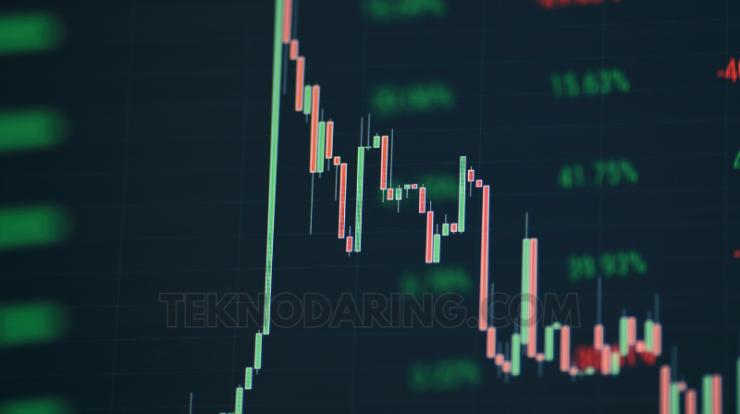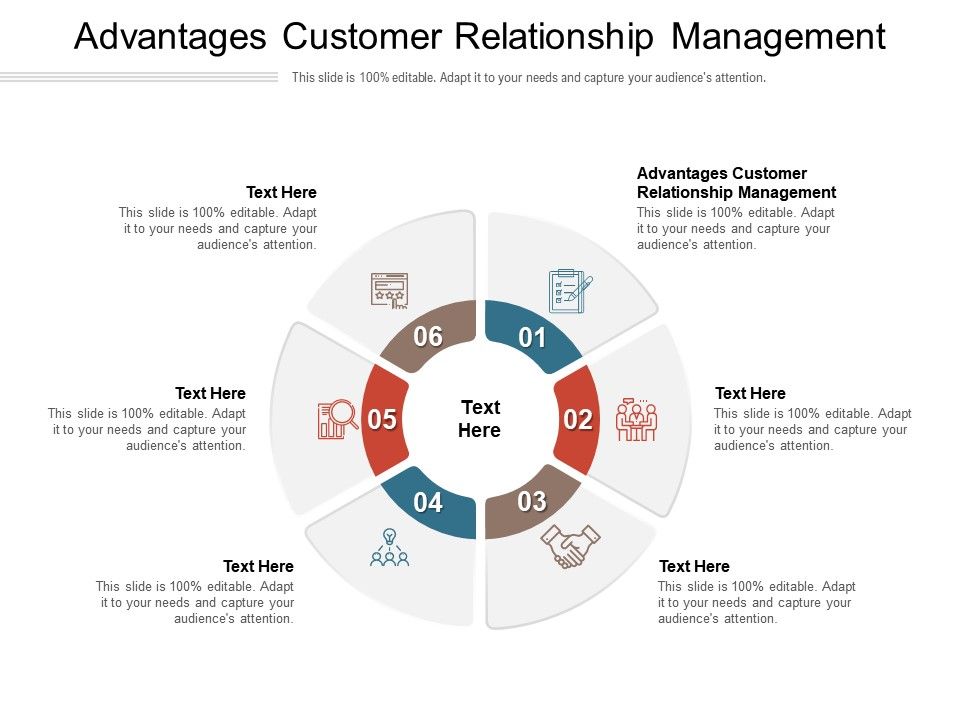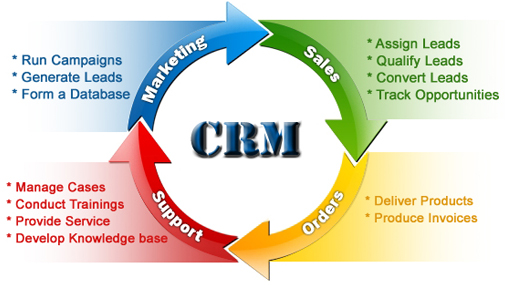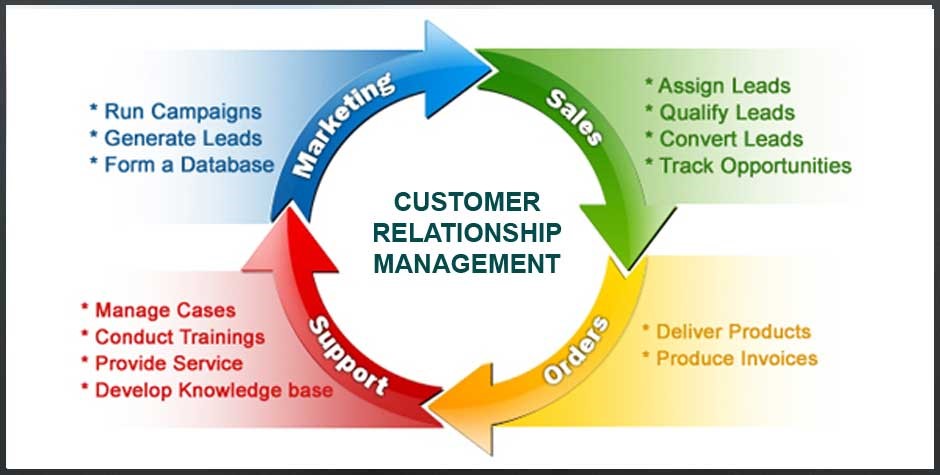
After Hours Trading – Investing doesn’t stop when the stock market closes. With after hours trading, investors can buy and sell stocks outside of regular market hours. This extended trading session allows for more flexibility and access to important market moves that occur after the bell rings.
In this article, we’ll cover what after hours trading is, how it works, its benefits, risks, and tips for getting started.
What is After Hours Trading?
After hours trading refers to the buying and selling of securities outside the traditional trading hours of a stock exchange. For U.S. markets, regular trading hours are from 9:30 AM to 4:00 PM (ET). Anything beyond that is considered after hours.
There are actually two extended trading sessions:
-
Pre-market trading (before 9:30 AM)
-
After hours trading (typically from 4:00 PM to 8:00 PM ET)
These sessions are facilitated through Electronic Communication Networks (ECNs), which match buy and sell orders electronically without using a traditional exchange floor.
Why Do People Trade After Hours?
1. Reacting to Earnings Reports
Many companies release earnings after the market closes. Trading after hours allows investors to respond immediately to this news rather than waiting for the next day.
2. Economic Announcements
Macroeconomic data, such as interest rate decisions or inflation reports, may impact global markets and trigger post-market trades.
3. Convenience and Flexibility
Some traders may not be able to monitor the market during regular hours. After hours trading offers more time to manage positions and act on news.
How Does After Hours Trading Work?
Unlike normal trading sessions, after hours trades are handled exclusively through ECNs rather than large market makers or exchange floors. Not all brokers offer this service, so it’s important to check with your trading platform.
Key Characteristics:
-
Lower Volume: Fewer participants mean lighter trading activity.
-
Wider Spreads: Bid-ask spreads can be larger, increasing the cost of trading.
-
Price Volatility: With fewer trades, prices may swing more dramatically in response to news.
Pros and Cons of After Hours Trading
Advantages:
-
Access to Breaking News: React instantly to corporate earnings or global events.
-
More Trading Time: Flexibility to trade beyond the 9-to-5 window.
-
Potential for Profit: Take advantage of market-moving events before others can.
Disadvantages:
-
Lower Liquidity: Fewer traders mean it may be harder to fill orders.
-
Higher Risk: Volatility increases, especially after surprise announcements.
-
Limited Order Types: Many platforms restrict trades to limit orders only.
Tips for After Hours Trading
Use Limit Orders
Always use limit orders instead of market orders. Prices can move quickly and unpredictably, so setting a maximum (or minimum) price helps control risk.
Monitor News Sources
Stay updated with financial news, earnings calendars, and economic reports. Even a single headline can cause sharp price movements after hours.
Understand Your Broker’s Rules
Each brokerage may have different rules for after hours trading. Be sure to check:
-
Trading fees
-
Hours of availability
-
Eligible securities
Who Should Consider After Hours Trading?
After hours trading is ideal for:
-
Experienced traders who can manage fast-moving markets
-
Active investors who want to react to earnings or news quickly
-
Long-term investors who need occasional flexibility
However, it may not be the best choice for beginners due to its unique risks and unpredictable nature.
Final Thoughts
After hours trading can be a powerful tool in a trader’s toolkit, offering more time and more chances to react to the market. However, with this opportunity comes added risk—from lower liquidity to higher volatility. If you choose to trade after hours, make sure you’re prepared, stay informed, and always use smart risk management.
Whether you’re chasing earnings reactions or managing your portfolio on your schedule, understanding how after hours trading works can help you make smarter, more strategic moves in the market.





